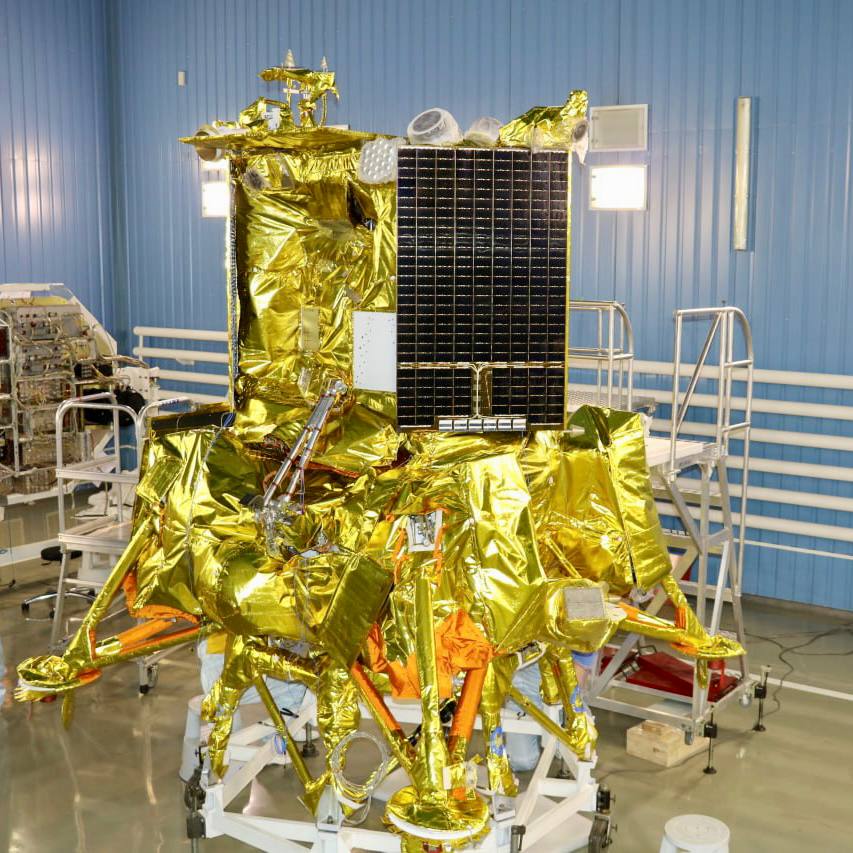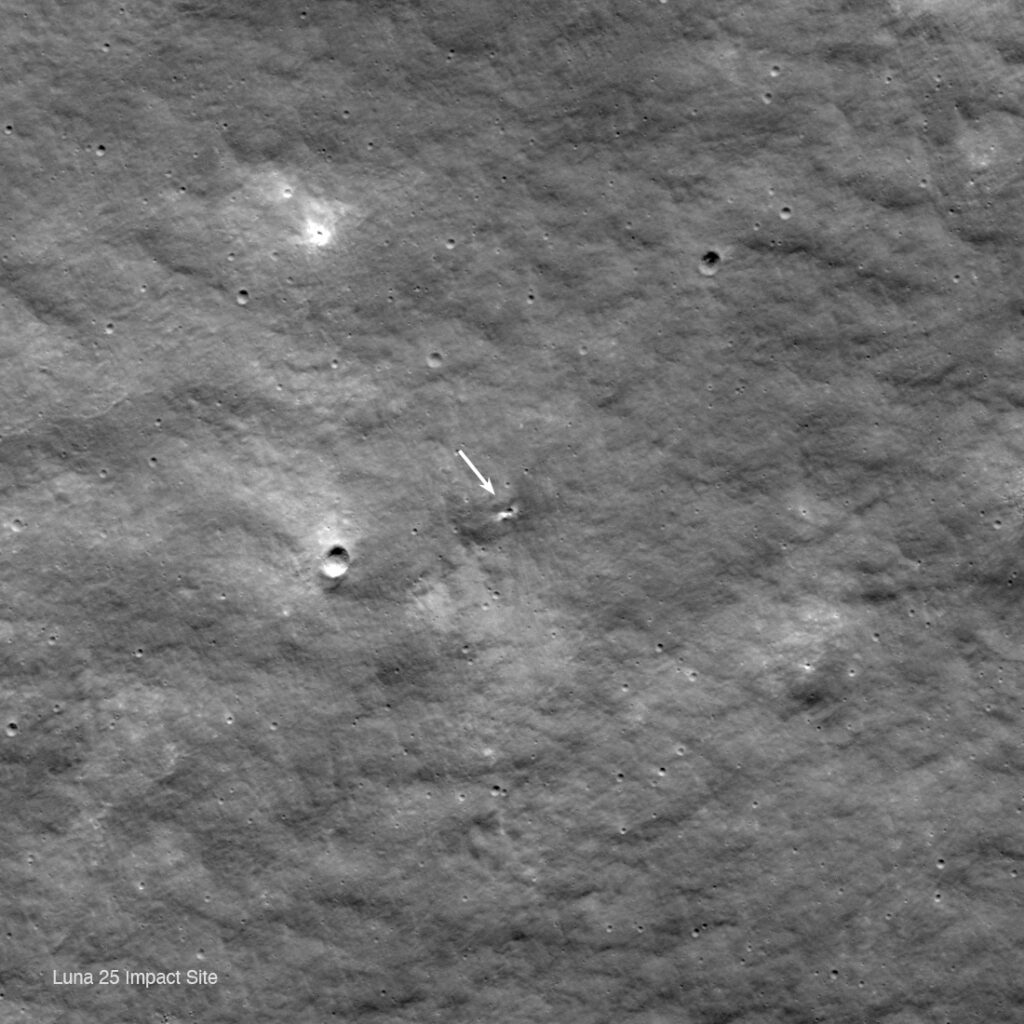NASA has released several images taken by the LRO probe. They show a crater left after the crash of the Russian Luna-25 spacecraft.
The “pride” of the Russian space program that really failed
Luna-25 was launched on August 10, 2023. The main mission was to land in the southern polar region of the Moon and study the regolith in search of water traces. It is worth noting that the launch of the spacecraft was accompanied by a great deal of hype in the Russian propaganda media. Luna-25 was referred to as Russia’s pride and a symbol that it still was a space superpower.

However, on August 19, the spacecraft crashed into the lunar surface under rather strange circumstances. During the transition to the pre-landing orbit, Luna-25 was supposed to perform a maneuver. Instead of the calculated 84 seconds, its engine worked for 127 seconds. This led to the spacecraft crashing into the lunar surface at a speed of 1.7 km/s. After such a stunning fiasco, Russian media predictably quickly forgot about Luna-25, pretending that this whole story never happened.
Image of Luna-25 crash site
But where exactly did Luna-25 crash? Based on the characteristics of the spacecraft’s final maneuver, experts were able to determine that the crash site should be in the area of the 42-kilometer-wide crater Pontécoulant G. It is located in the southern hemisphere of the Moon.

Armed with this information, NASA used the camera LROC on board the LRO spacecraft to find the Luna-25 crash site. On August 24, LRO photographed Pontécoulant G. Further analysis revealed a fresh crater that was not present in older photographs.

The crater photographed by LRO has a diameter of 10 meters. It is located on the steep southwest slope of the Pontécoulant G crater, approximately four hundred kilometers from the calculated landing point of Luna-25. The crater is located at an altitude of 360 meters below the lunar surface level, and it is not visible in images of this area taken in 2020. Based on this, NASA experts concluded that this is indeed the remains of Russia’s “space pride.” Source: https://www.nasa.gov
